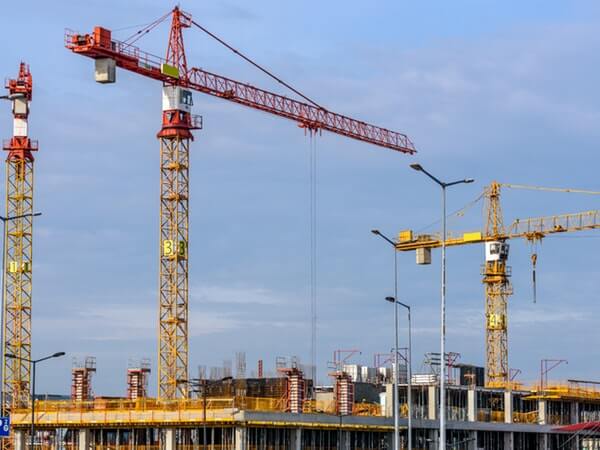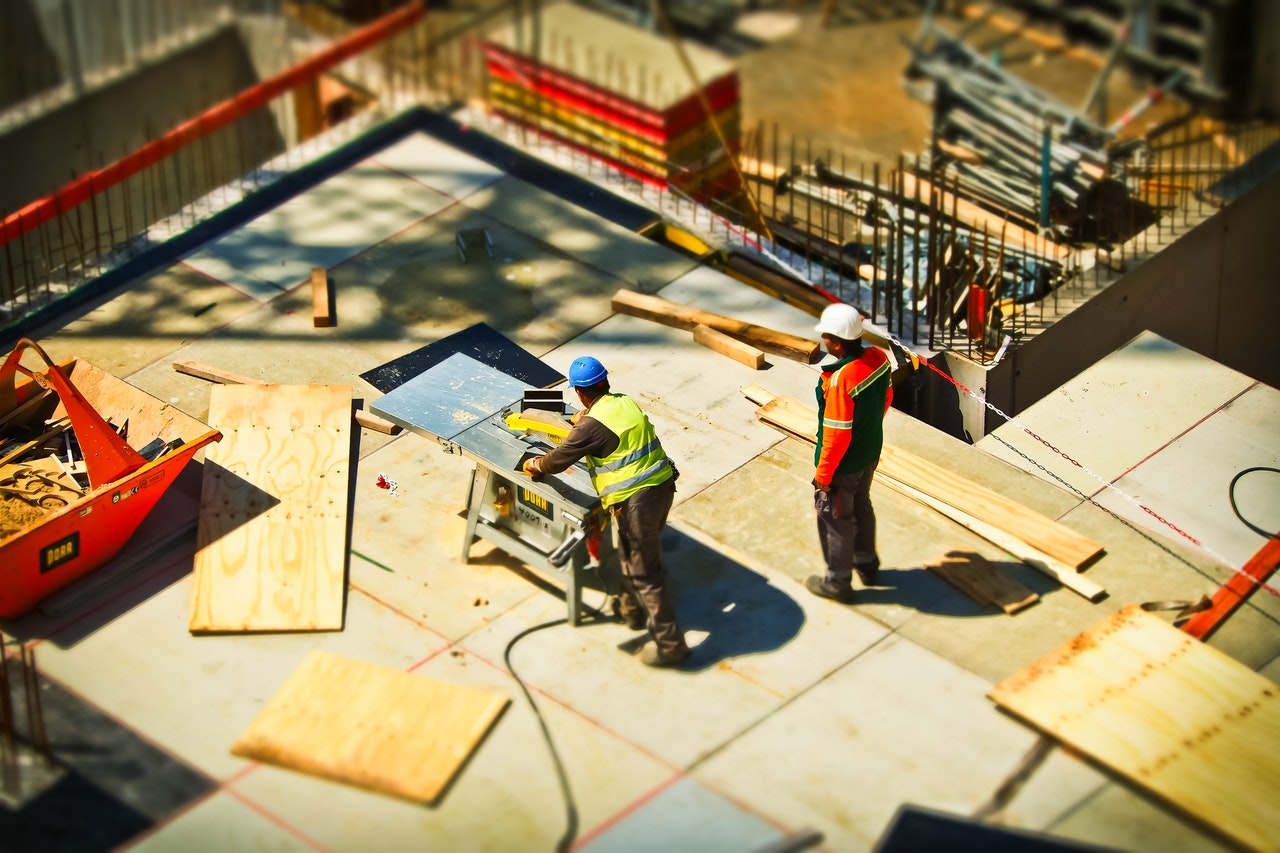
No matter what shape or size a construction project is, there is no denying that it will cause some disturbance to the immediate environment.
As sustainable living and the philosophy behind it continue to grow in prominence, the call for sustainable business practices in the construction industry (and other industries as well) is louder than ever. And this is only going to increase as more laws and regulations that promote energy-efficient plans and sustainable practices are passed.
For construction companies, the new focus needs to be on maximizing the energy efficiency and sustainability of their buildings and structures. It is no longer just about protecting the environment (although that is important too!), but it’s also about staying in business.
If you own a construction company, you might have recently noticed a growing pressure from investors and other partners, to display proof of your sustainability efforts.
For affected communities, sustainable development means:
- Producing a higher quality of life for everyone for years to come
- Social progress which recognizes the needs of everyone
- Cultivating high and stable levels of economic growth and employment
- Protecting and, if possible enhancing, the environment
- Using natural resources prudently
For your construction firm, sustainable construction means:
- A boost in customer satisfaction through working with the client to provide sustainable building solutions
- A better reputation within the local community and with local authorities by fostering positive relationships and avoiding disagreements
- Decreased wastage and reduced costs
- Diminished danger of fines and legal action
- Improved communication, transparency and accountability
- Sustaining health and safety systems
- Brand-building as stakeholders and the public know and appreciate your sustainability efforts
By keeping up to date with innovations and best practices in terms of sustainability, you can ensure your construction firm stays ahead of both legislation and your competitors’ practices.
So, what can the construction industry do?
Construction companies, understandably, have a significant influence on the short-term impacts of a development and the materials used in construction. These effects also extend to long-term operational implications through the control of build quality.
The construction industry needs to focus on:
- The regeneration of housing, mainly to revitalize city centers (socio-economic)
- Planning communities to reduce car use (social/environmental)
- Using energy and water more efficiently (economic/environmental)
- Minimizing mineral extraction (economic/environmental)
- Protecting the countryside (environmental)
- Providing training (social)
Obviously, economic viability is crucial. However, while still considering a particular client’s proposal and the constraints of the project, seek to make as many changes as possible to move towards a more sustainable design.
Look for ways to innovate and improve your site practices. While at first, it can seem daunting, by progressively rolling out better practices across projects, these standards will eventually become routine practice. You can then apply the same process when another sustainability feature or innovation comes into the picture.
What environmental impact-minimizing technologies can construction firms use in their projects?
Prefabricated metal buildings
Even though metal buildings use natural resources to fabricate components at some point, they are an excellent option for reducing the builder’s carbon footprint as they can initially be made of recycled metal, and then recycled again at the end of their lifespan.
Solar or wind energy
Once considered far too expensive for most homeowners, solar or wind energy is now something that many people can utilize. Solar energy can be used for heating water and, in turn, heating your entire home. Additionally, wind energy can be used to power homes — especially in areas that lack sun during the winter months.
Inflatable packers
An invaluable innovation, inflatable packers and accessories are used by construction firms for things such as isolating specific zones for testing, pressure grouting, and geotechnical pump tests (to name a few). These inflatable packers work by shutting off a discrete sampling zone for environmental sampling or the injection of groundwater treatment media.
Prefabrication
While prefabrication has been utilized for years in the construction industry, recently, new and emerging construction practices have made prefabrication even more beneficial.
For example, the recent growth in the green building trend has massively impacted the use of prefabrication in construction. This is because it allows project teams to use energy simulation and prefabrication to design and construct buildings that are environmentally sound and sustainable.
What other changes have you been seeing in the construction industry? How do you intend to make your projects more sustainable?
Author bio:
Dave Baca started working at Aardvark in 1986 operating a CNC lathe. He received his machinist degree in 1989 and became proficient in Autocad and worked on R&D projects.
In 2007, Dave purchased Aardvark Packers LLC, later selling it to a partnership in 2009. We have been seeing continued growth. Dave excels at the design on AutoCAD, then transforming those designs into the packer system requested by the client. Dave enjoys spending time with his three girls and his wife, hunting, fishing, and camping.

